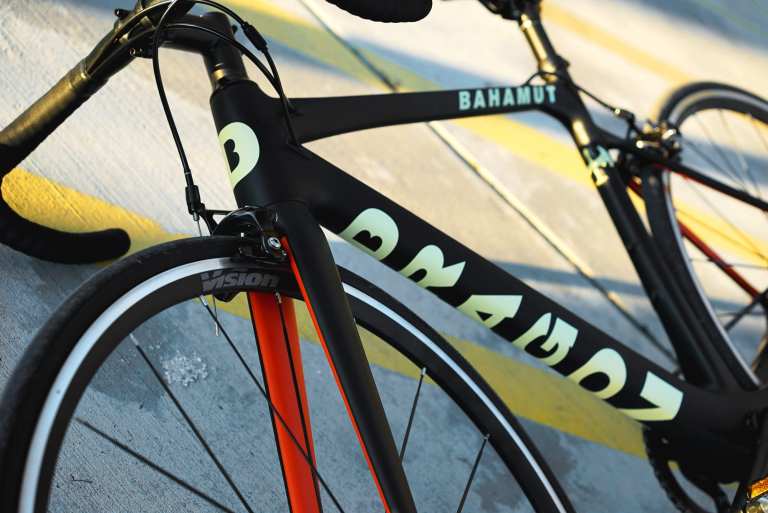
Buying a bike can be a time-consuming and confusing task for a consumer. They might drive to a brick-and-mortar store, where they may be overwhelmed with a wide range of models on display. In the age of direct-to-consumer (DTC) brands, however, digital innovators are taking a new approach to bike shopping. They are selling just one model of bicycles online, and helping consumers choose the right size with digital fitting tools. The bikes are then shipped almost completely assembled to customers’ homes.
Take Dragon Bicycles, which sells bikes online and sends them to their destinations fully tuned and (nearly) ready to ride. The company’s DTC approach is not new: CEO and Founder David Engelstein noted that a similar company in Seattle sells bikes through that model, as well as a company called Canon in Germany. However, Dragon has put its own spin on the DTC model.
As Engelstein pointed out, the industry standard is for bicycles to arrive 85 percent assembled. That means consumers have to put on the wheels, pedals, seat and handlebars, which Engelstein believes is a lot to ask.
To make it possible for a bike to arrive nearly fully assembled and ready to ride, Dragon took an innovative approach with its “RideReady” shipping package. The company worked extensively with an engineer to develop a rhombus-y, trapezoidal shipping container that can ship the bike fully tuned and almost completely assembled, with the pedals, rear wheels and handlebars already on the bike.
Shipping and Fitting
Bicycle sizing is hardly universal. Unlike shoe sizing, the bicycling industry has not agreed on common terminology, Engelstein said. The most effective method to fit someone on a bike is to examine their overall height, desired biking style and wingspan. Once Dragon receives that information, it puts it into an algorithm that “allows us to use their information and compare it with the geometry that we have,” Engelstein told PYMNTS in an interview.
To gather that information, the company’s website has an easy-fit tool that asks consumers to enter their heights and inseams. It then asks shoppers to click on several pictures to get a sense of their wingspans, torso lengths and where they like to ride. In terms of selection, Dragon has a road bike called the Bahamut, which it describes as a “carbon fiber road bike that stays lively and comfortable all day in the saddle.”
In the future, Engelstein aims to offer five bikes. And while there are plenty of companies that offer countless options, he doesn’t want to have to keep track of hundreds of stock keeping units (SKUs). He pointed out that the smaller assortment allows Dragon to have much better, more efficient buying power and to work better with suppliers and assemblers.
The Market
When it comes to target markets, Engelstein said that Dragon is looking at three different personas. For starters, it aims to attract people who may already own a high-end bike, but don’t want to take it out every weekend. Instead, they may be in the market for a fun, reliable alternative for day-to-day use. Those customers tend to be a bit older and knowledgeable about bicycles.
The company also looks to serve consumers who are coming back to bicycling. Their last bike in the 90s may have been a Schwinn, Raleigh or Diamondback – and it was heavy. Engelstein said they will be surprised at the lightness of Dragon’s bikes. And this group of people is likely excited about buying all of the gear and equipment for bicycling. “It’s all emanating from this brand-new bike,” Engelstein said. The third persona group in the company’s market is the aspiring racer. (The company sponsors the Western Washington University cycling team.)
From racing enthusiasts to those just getting back into the sport, online brands like Dragon Bicycles are tapping into the DTC business model to deliver fitted bikes to customers’ doors.